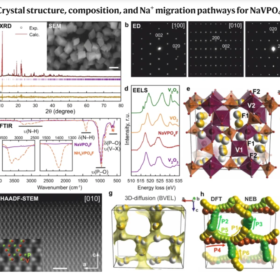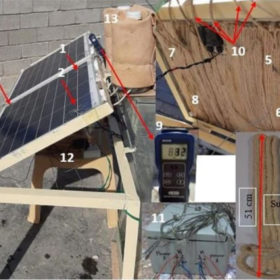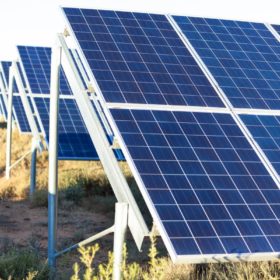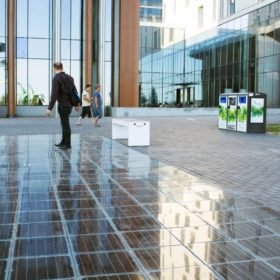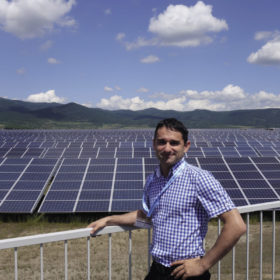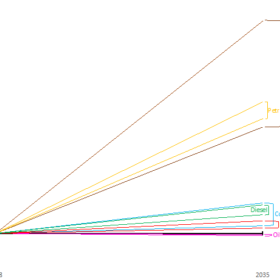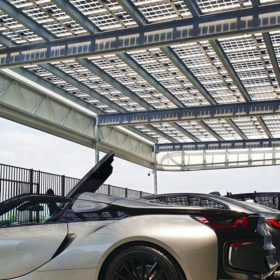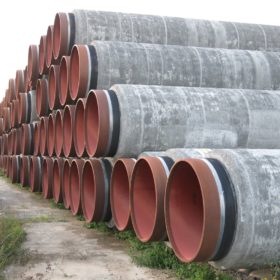High-voltage sodium-ion batteries with up to 15% higher energy density
Researchers in Russia have developed a new sodium-vanadium phosphate fluoride powder. It has a particular crystal structure that provides superior energy storage capacity in the battery cathode.
Cooling down solar modules with cotton wicks immersed in water
The novel technique consists of attaching cotton wicks immersed in the water (CWIWs) to the backside photovoltaic module. The water is supplied to cotton wicks from top to bottom by gravity which the scientists said helps the effective absorption of cotton and reduces water consumption.
New kind of black silicon shows improved light-trapping properties
Scientists in Russia have developed a new wide-band optical absorber called ‘black silicide’ which they claim is more adjusted to match AM-1.5 solar spectrum with theoretically higher photogenerated current density. It could be used for tandem operation in photovoltaic devices.
War pushes Ukraine to deploy solar
New small-capacity solar power plants are being developed in Ukraine to avoid blackouts, which is helping businesses to stay afloat amid dire economic conditions.
New solar module for pavement applications
Hungarian tech company Platio Solar has developed a new solar PV paving line featuring monocrystalline and polycrystalline cells with clear or opal glass.
Ripple effects of Russia-Ukraine crisis on renewables
The war in Ukraine has acted as a brutal wake-up call for governments to act and reduce their dependence on Russian fossil fuels. Many have pledged to hasten project timelines for renewables, but there are mixed reports about impacts on investor confidence and projects under development in Ukraine’s neighboring countries. Marija Maisch reports.
Storing renewables with high-rise elevators
Lift Energy Storage Technology is a proposed long-term storage solution that relies on elevators to bring solid masses to the tops of buildings in charging mode. It then lowers the same mass to produce electricity in discharge mode.
Ukraine invasion reshaping discussion about energy, pricing, renewables
Indra Overland, the head of the Center for Energy Research at the Norwegian Institute for International Affairs, tells pv magazine how the Ukraine war is irreversibly changing the global energy landscape, making massive renewables deployment a certainty. But labor issues, equipment shortages, and reliance on Chinese manufacturing remain obstacles.
Bifacial solar modules with 30% transparency rate for agrivoltaics, carports launched
Slovenian solar manufacturer Bisol is offering its new product with outputs of 260 and 300W, respectively. Front efficiencies ranges from 13.5% to 14.0% and the temperature coefficient is -0.35% per degree Celsius.
Could Russia’s actions in Ukraine accelerate renewables investment?
Given the goings-on in the world this last quarter, Mike Jefferies, Investment Manager at Octopus Investments Australia, takes a look at the current macroeconomic environment, how this is tied to energy markets, the impacts Russia’s invasion of Ukraine has had on that energy market, what this could mean for Australia and how renewables could help address these issues.
